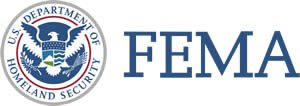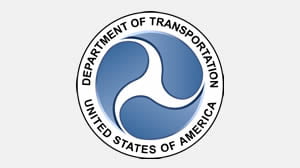RSS feed source: Federal Emergency Management Agency
CHARLESTON, W.Va. – West Virginia and Marion County are opening a Disaster Recovery Center (DRC) in Triadelphia. The Center will open at City of Fairmount Public Safety Building at 10 a.m. tomorrow, July 31.
The center is located at:
Marion County Disaster Recovery Center
City of Fairmount Public Safety Building
500 Quincy Street
Fairmont, WV 26554
Hours of operation:
Mon- Sat 10 a.m. – 6 p.m. (Closed Sundays)
If you are a resident of Marion or Ohio counties and been impacted by the June 14-15 storms, visit a DRC for information to help you recover. There is a team at the DRC ready to provide support, answer questions, and assist you with your FEMA applications.
A DRC will also open on July 31 in Ohio County at Triadelphia Community Center. To find a DRC closest to you, visit fema.gov/drc.
If you have disaster-related needs that your insurance does not pay for, FEMA may be able to help. If you have insurance, file your insurance claim first. Then apply for FEMA assistance at DisasterAssistance.gov to help with any uninsured losses. Residents can also call the FEMA Helpline at 1-800-621-3362 or visit fema.gov/DRC for in-person support.
As a reminder, accepting FEMA funds will not affect eligibility for Social Security – including Social Security Disability Insurance (SSDI) and Supplemental Security Income (SSI) – Medicare, Medicaid, Supplemental Nutrition Assistance Program (SNAP) benefits, or other federal benefit programs.
Click this link to continue reading the article on the source website.



